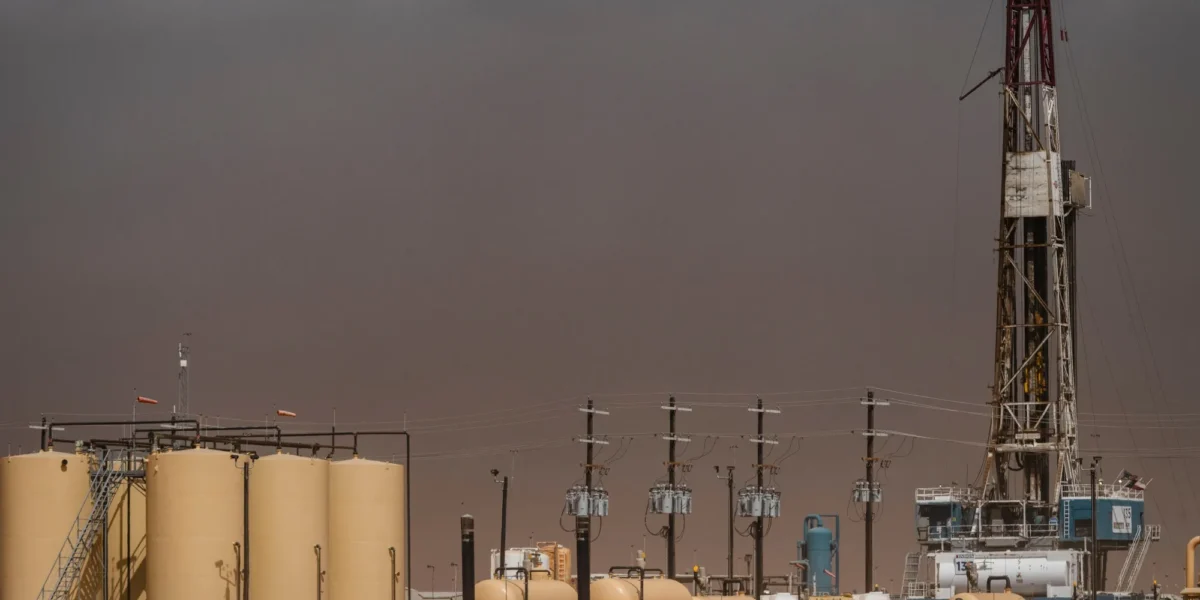The price of crude oil is one of the most closely watched indicators in the global economy—and one of the most volatile. A single headline can send prices soaring or crashing, impacting everything from transportation costs to stock markets. But what exactly causes these wild swings in oil prices?
Let’s break down the key factors behind crude oil price volatility.
🛢️ 1. Supply & Demand Imbalances
Like any commodity, oil prices are driven by the basic economics of supply and demand. When global supply exceeds demand—as seen during the COVID-19 lockdowns—prices plummet. Conversely, when demand surges and supply can’t keep up, prices spike.
🌍 2. Geopolitical Events
Political instability in oil-producing regions (like the Middle East, Venezuela, or Russia) can trigger fears of supply disruption. Even the threat of conflict can create upward pressure on prices as traders react to potential shortages.
🏭 3. OPEC+ Production Decisions
OPEC (Organization of the Petroleum Exporting Countries), along with allies like Russia (collectively known as OPEC+), plays a massive role in setting global oil supply. Decisions to cut or increase output can drastically shift the price landscape overnight.
💱 4. U.S. Dollar Strength
Crude oil is traded globally in U.S. dollars. When the dollar strengthens, oil becomes more expensive for non-dollar countries, reducing demand and pushing prices down. A weaker dollar, on the other hand, often supports higher oil prices.
📈 5. Speculation & Market Sentiment
Futures trading in oil markets means that expectations—not just current fundamentals—drive prices. Traders react to news, forecasts, economic indicators, and even weather, causing short-term price spikes or drops.
🏗️ 6. Technological & Infrastructure Shifts
Advancements like fracking in the U.S. or new pipelines in the Middle East can quickly alter global oil flow. At the same time, disruptions like refinery outages or natural disasters (e.g., hurricanes in the Gulf of Mexico) can restrict supply, increasing prices.
♻️ 7. Energy Transition Policies
Governments worldwide are pushing toward cleaner energy. Carbon pricing, EV incentives, and renewable investments can reduce long-term oil demand, affecting investor confidence and influencing price trajectories.
🔍 Final Thoughts
Crude oil price volatility isn’t just about barrels in the ground—it’s a reflection of a complex web of political, economic, and environmental dynamics. For producers, traders, and consumers alike, understanding these drivers is essential to navigating the shifting energy landscape.
As the world balances between energy security and climate responsibility, staying informed about oil price trends has never been more important.



